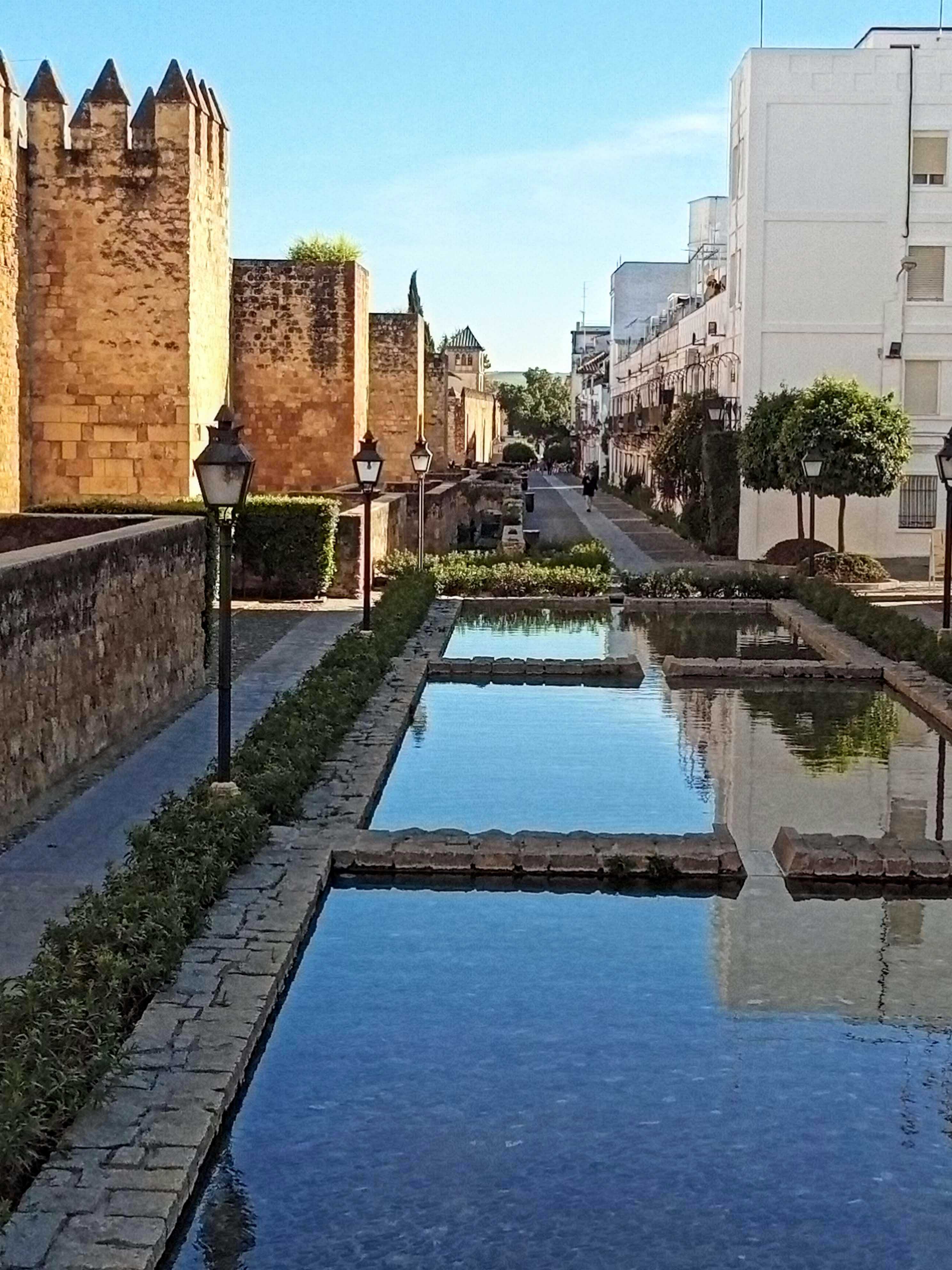Córdoba has been at the crossroads of many cultures for over two millennia. The Romans, the Visigoths, the Jews, the Moors and then the Spanish all left their marks forging the Córdoba one sees today.
Standing side by side are both the old and the new. To the east, the Roman walls protecting the old city from invaders. To the right, a modern city of with over 300000 residents.

The Roman governor, Claudius Marcelus, developed this Roman outpost into a city likely because of its strategic location.
Córdoba's importance grew under Moorish rule after this outpost was taken from the Romans in 711 CE.
In little more than two centuries, Córdoba reached its zenith. Under three great rulers, Córdoba became a centre of education, economy and culture. Córdoba's place within Europe was unrivalled. It was the largest city in Europe, with a population reaching one million. It was also the first city to have lighted streets and indoor plumbing. The number of lavish baths reached to the hundreds. It was also the birthplace of three great philosophers whose work is relevant even in the world today... but more on that later.